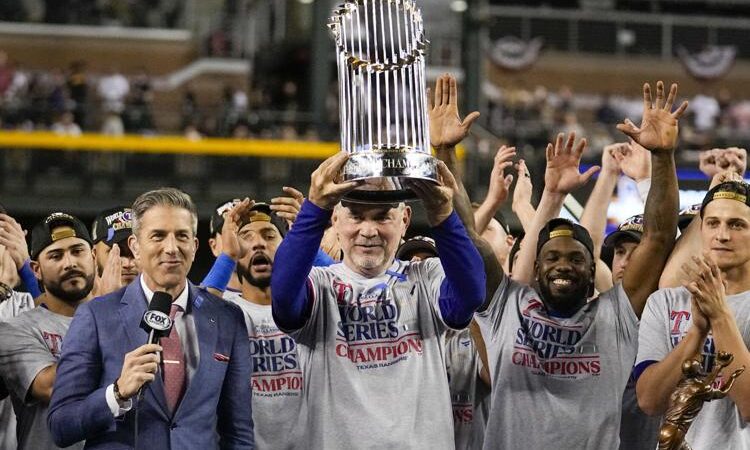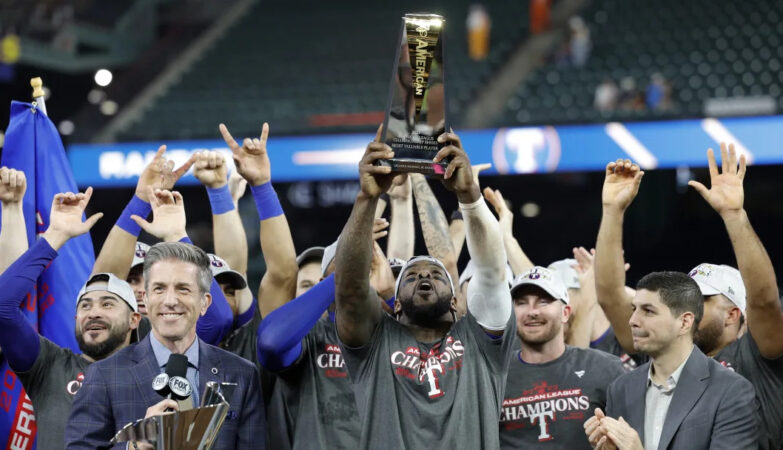On Friday, the Texas Rangers began their Cactus League schedule by facing off against the Kansas City Royals. While the game resulted in a 6-5 loss for the Rangers, it was an important one as it was the first game to be played with a pitch clock for both teams. The implementation of a pitch clock has been a point of discussion in baseball for years, with many fans and experts alike arguing that it could significantly improve the sport.
Pitch clock new for the 2023 MLB Season
For those who are unfamiliar, a pitch clock is a time limit for pitchers and batters during the game. Moreover, pitchers are given a set amount of time to begin their motion, and batters are required to be in the batter’s box and alert to the pitcher within a certain amount of time. Failure to meet these requirements can result in penalties, such as a ball or strike being awarded to the opposing team.
Moreover, the hope is that the pitch clock will help to streamline the game by eliminating unnecessary delays and pauses, which can often lead to longer games. This has become a growing concern for many baseball fans, as the average length of a game has steadily increased in recent years, leading to criticism that the sport is becoming too slow and boring.
Rangers brought out the young players
In addition to the pitch clock, the game also saw the use of some of the Rangers’ younger players, who showed that they could hold their own on the field. Justin Foscue hit a solo home run, while Luisangel Acuna got a single. Evan Carter, who played in center field, threw out a runner at third base and drew a walk, showing his ability to contribute both offensively and defensively.
Although the game resulted in a loss for the Rangers, the implementation of the pitch clock and the opportunity to see some of the team’s younger players in action made it an important one. As the team continues to play in the Cactus League, it will be interesting to see how the pitch clock affects the pace of the game and whether it will ultimately be a positive change for baseball.
NOTE: This article contains affiliate links, which will earn the site a commission if the product is purchased.
If you enjoy our writing, please consider leaving a small donation. Your support helps keep the lights on and allows us to hire more writers and grow our site.




















